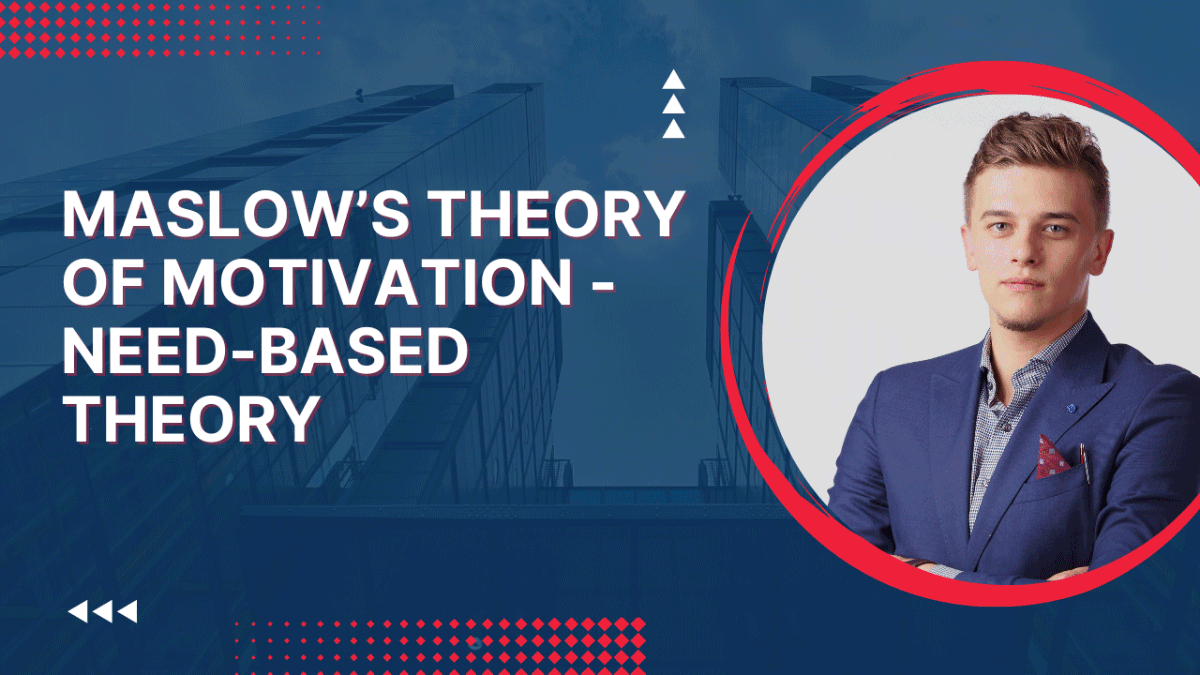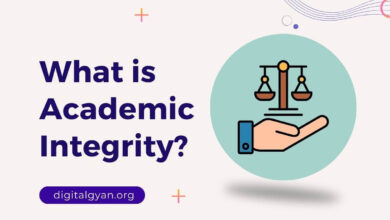Maslow’s Theory of Motivation – Need-Based Theory
Abraham Maslow coined the Maslow hierarchy of needs in 1943 while he was writing “A Theory of Human Motivation.” The idea says that a person has to satisfy his or her basic wants before he or she can be motivated to go after higher-level wants.
Maslow’s hierarchy of needs hypothesis categorises human needs as physiological, safety, love, esteem, and self-actualization.
Maslow’s theory on human motivation is a description of the hierarchy of human needs and desires that has proven crucial in contexts of growth; equality as individuals suspends other motivations of action in order to meet the most immediate need in the hierarchy of demands.
The need hierarchy theory is most likely Maslow’s most well-known theory of motivation based on human needs. Maslow used his nursing expertise to establish a hierarchy of human wants, from the most basic to the most complex.

Abraham stated that people are driven by their wants when ranked according to their importance. When a person has met their basic needs, they are usually motivated to meet their higher-order needs.
In simple terms, Maslow’s Theory of Motivation says that a person’s behaviour can be identified with 5 simple categories: Safety and Security, Love, Physiological, Self-esteem needs and Self-actualization needs.
Why is Maslow’s hierarchy of needs important?
Deficit needs develop as a result of deprivation and are thought to motivate individuals when unsatisfied. Additionally, the longer these wants go unmet, the bigger the drive to satisfy them will be. For instance, a person will get increasingly hungry the longer they go without meals.
Maslow (1943) first argued that before addressing higher-level growth wants, people must first satiate lower-level deficiency needs as shown below.
He admitted that his prior words may have created “the misleading impression that a need must be met 100% before the next need occurs,” but he later explained that a need’s fulfilment is not a “all-or-none” occurrence.
This makes Maslow’s hierarchy of needs very important to consider.
A fresh perspective on human needs has emerged thanks to Maslow’s theory. For instance, Maslow’s hierarchy of needs is a popular framework for determining the requirements of clients in the fields of social work and health care.
A person’s future happiness may be impacted if they get fixated on a specific set of demands as a result of problems or challenging circumstances that they encountered at one time in their life.
For instance, someone who experienced severe deprivation and lack of security as a young kid can become fixated on their physiological and safety requirements. Even once they are fulfilled, these still matter.
Also Read: What are the Theories of Learning?
What is at the top of Maslow’s hierarchy of needs?
At the very top of Maslow’s hierarchy of needs is Self-actualization. The needs include physiological (food and clothes), safety (work security), love and belonging needs (friendship), esteem, and self-actualization going up the hierarchy in order. Before addressing needs higher up the hierarchy, people must attention to those lower down.
Growth requirements do not result from a deficiency but rather from the desire to advance personally. One might be able to attain the greatest degree known as self-actualization after these growth demands have been at least somewhat met.
Everybody has the capacity and the motivation to climb the hierarchy to a degree of self-actualization. Unfortunately, when basic necessities are not met, development is frequently halted. A person’s position in the hierarchy may change as a result of life events like divorce and job loss.
As a result, not everyone will advance in the hierarchy in a straight line but instead may switch back and forth between the various demands.
Maslow examines how a person’s whole physical, emotional, social, and intellectual traits affect their capacity to learn.
It is evident how Maslow’s hierarchy theory may be applied to classroom teaching. Students’ fundamental physiological demands must be satisfied before their cognitive needs may be satisfied.
For instance, a student who is hungry and fatigued will have trouble concentrating on their studies. To advance and realise their full potential, students need to feel welcomed and comfortable on an emotional, physical, and social level in the classroom.
Check out the Inverted U Theory with example.



